An inspection is often one of the most nerve-wracking stages of the home-buying process.
During the past few years, shopping for a house has become more difficult, and buyers have had to compromise on many things.
However, the housing market has begun to change, and buyers now have more leverage. They are no longer choosing to forgo an inspection or appraisal.
Buyers now have more negotiating power regarding issues that come up during a home inspection.

With more inventory available, homebuyers are walking away if an inspection reveals something too complicated or expensive to fix.
Walking away after an inspection is never ideal. You’ve likely paid for an appraisal, the inspection, and other costs. You’ve probably started to imagine your life in your new home.
However, what happens if you find unexpected issues during your inspection? When is the right time to walk away?
Here are some of the most common reasons buyers walk away after a home inspection. This will help you know when such a drastic move is warranted.
1. Structural Issues

Checking for structural integrity is perhaps the most essential part of a home inspection.
Issues with a foundation should be a red flag because they’re incredibly costly to repair. In some extreme cases, these problems are impossible to fix.
It makes sense to walk away from negotiations if a home inspection shows significant problems with the foundation. Repairing the problem could turn into a nightmare.
If you love the house, try getting a second opinion on how much the repair will cost. You can then negotiate with the seller, as they don’t want you to walk away, either.
You can often force the seller to concede on certain items to make repairs worthwhile.
2. Mold

Mold is another big issue that causes buyers to walk away after an inspection.
The main problem with mold outbreaks is that they can be recurring. You could eliminate one outbreak, but there’s a chance more mold will reappear in the future.
Black mold is particularly pernicious because it can be a significant health risk. If there’s mold in the beams or floors of the home, you will need extensive work to remove it.
In addition, there’s always a chance you can’t remove all of the mold, as it could be hiding deep inside your ducts.
Mold remediation is possible, but you will need to determine which party pays to fix the problem.
However, finding black mold outbreaks can be a good reason to look for a different home.
3. Code Violations
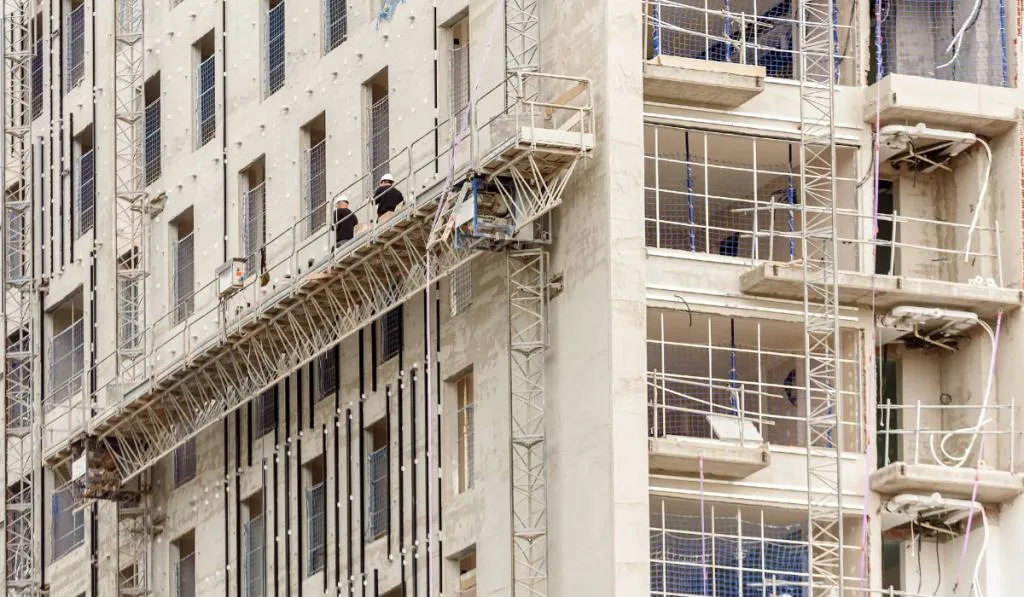
Unauthorized renovations are another big reason why buyers leave negotiations after an inspection.
Your inspector should look for anything in the house that violates local building and safety codes.
This is especially important for people who plan on renting or using their house for other commercial purposes. However, even traditional homebuyers need to be careful to follow building codes.
If you buy the house, the city or county could demand that you fix the code violations. This could cost you thousands of dollars.
4. Roof Condition
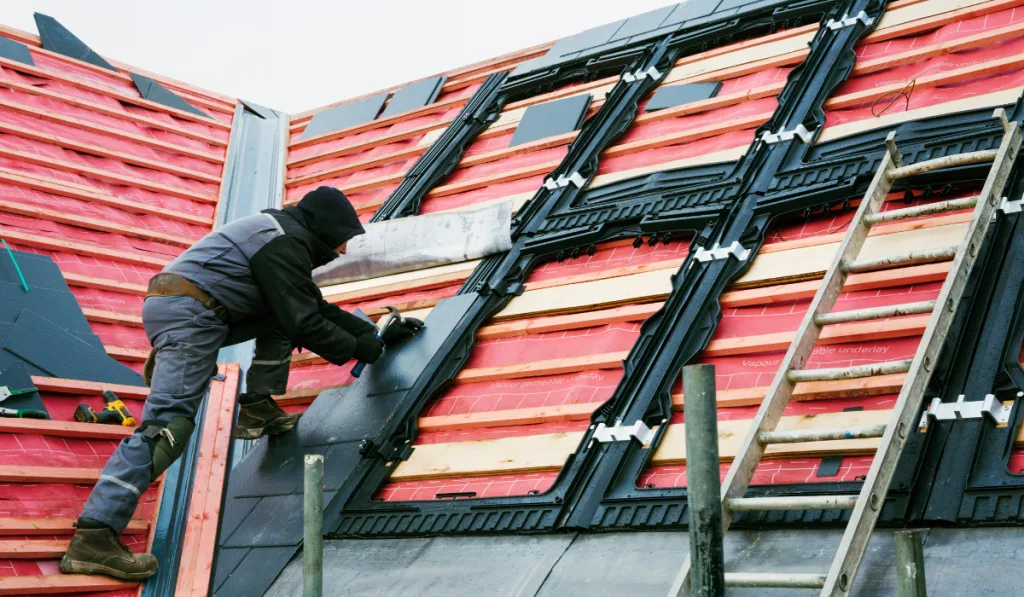
A roof is expensive to repair; it can easily add thousands of dollars to the final price of your home.
Modern houses have roofs that can last a decade or longer, but the roof’s condition will depend on how old it is.
The good news is that an inspector can climb on the roof to take pictures and gauge approximately how much life it has left. This will help you decide whether buying the house is still a good idea.
If the roof will need to be replaced soon, ask the seller to reduce the price of the home to account for the cost. If the seller doesn’t budge, it may be a good idea to walk away and look for another house.
5. Infestations

Bug infestations are never pleasant. If your inspection reveals bugs in the kitchen, rodents in the basement, or any other type of infestation, you should consider looking for a different home.
You can resolve most infestations, but it will be costly.
Some pests, like termites, can be a bigger problem. Termites eat through wood and can damage the house’s structural integrity.
6. Fire Damage
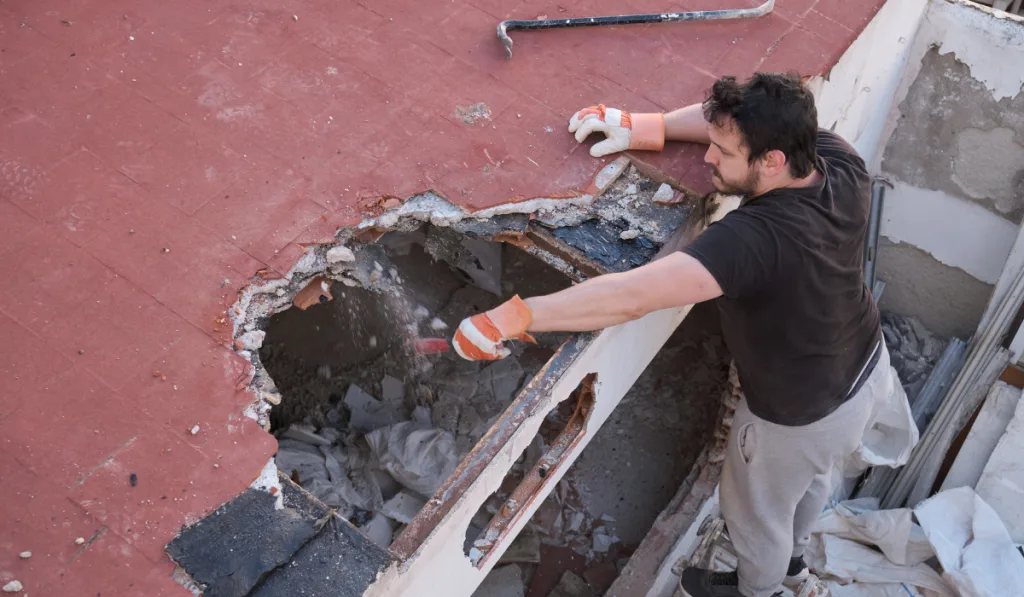
Fire damage is another problem that many homebuyers don’t want to see in an inspection. Even if the fire didn’t destroy the home, there can be signs of past fires and smoke damage.
Smoke damage lowers the value of a house and makes home insurance more expensive. In addition, if you sell the house in the future, you will have to disclose the smoke damage.
Selling a home with fire damage is a challenge, as it can impact the structural integrity of the house. Extensive fire damage could be a good reason to walk away from negotiations.
7. Old HVAC Appliances
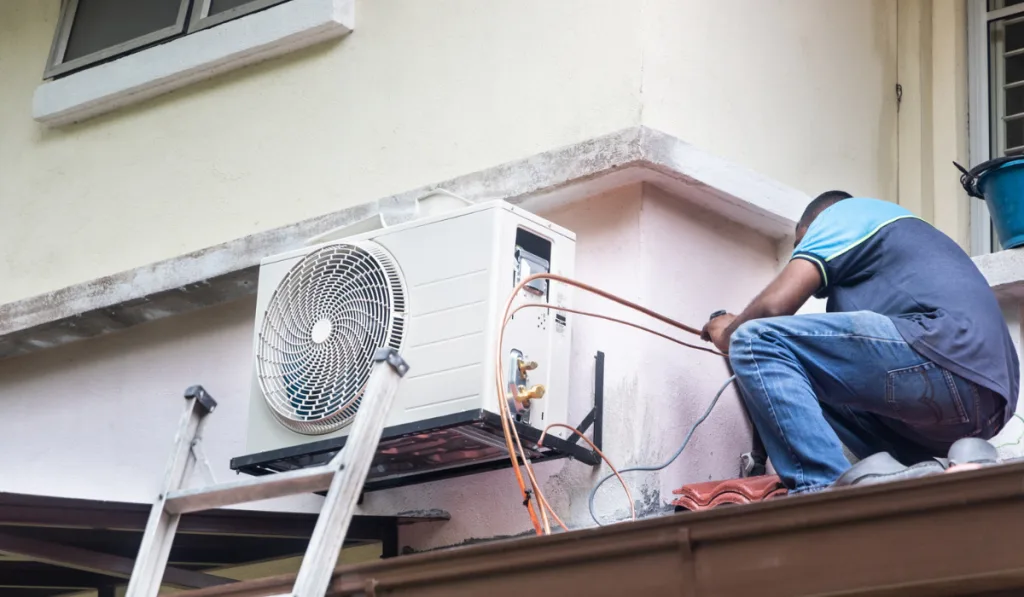
Your inspector will also check the condition of the water heater, furnace, and air conditioning.
Most large appliances are designed to last a long time, but they’re expensive to fix or replace. For example, replacing your furnace could cost thousands of dollars.
Old appliances are usually only a reason to walk away if the seller doesn’t lower the price of the home. The recent slowdown in the real estate market means you could get a price cut.
8. Electrical Problems
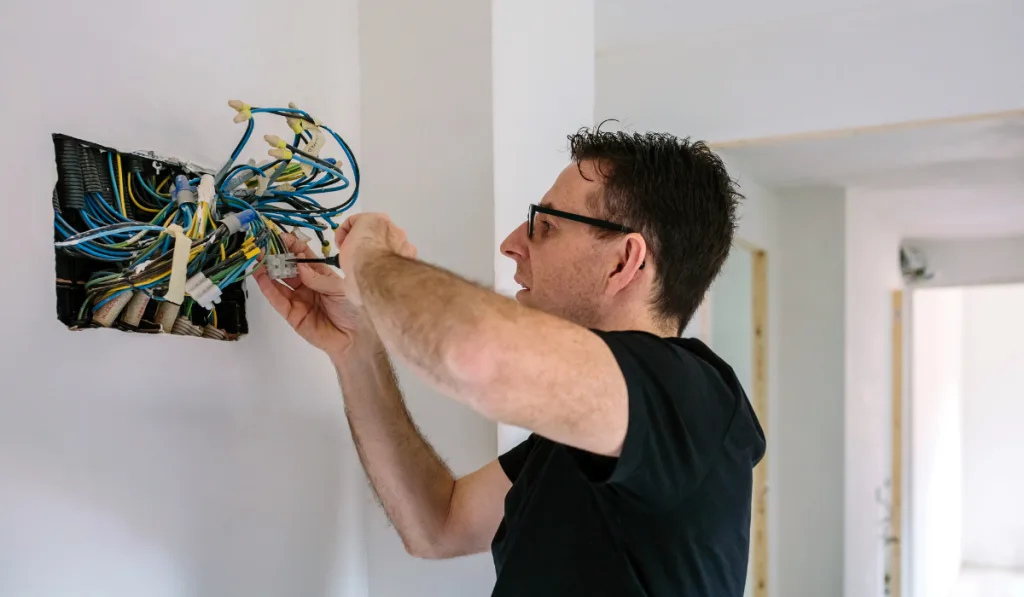
Significant electrical problems can be a reason to walk away from a deal. Old electrical wiring, improper fuse configurations, and other electrical problems are red flags that your inspector should uncover.
There are serious safety concerns if there are problems with electrical circuits. In addition, replacing old wiring, outlets, and fuses costs a lot of money.
You’ll have to decide whether it’s worth the extra money, negotiate a lower price, or walk away from the deal.
Sellers are typically willing to handle small electrical issues, but larger problems can be harder to negotiate.
9. Water Damage
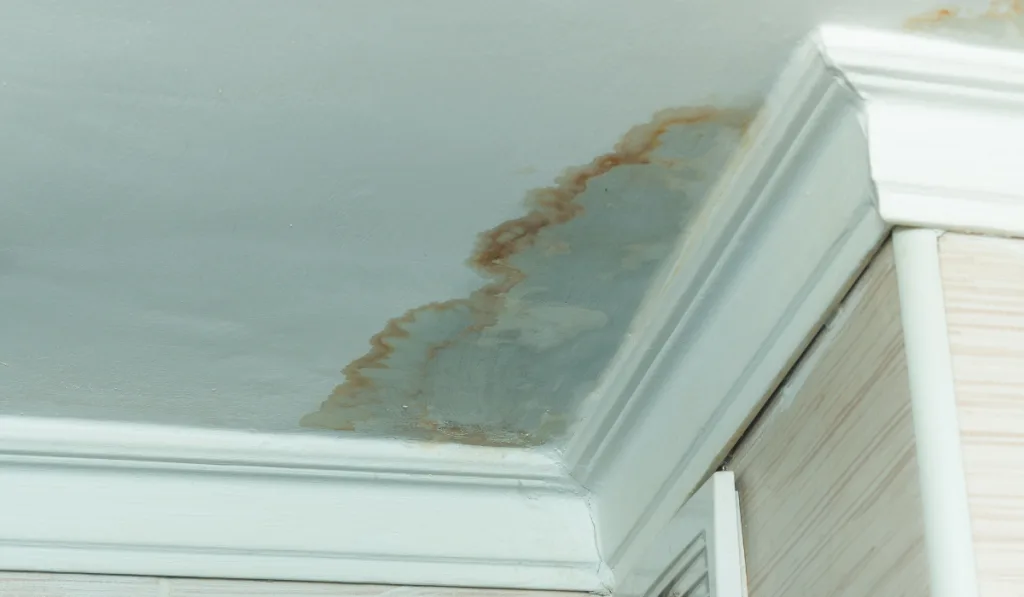
At some point, every home will experience some type of water damage. Water damage can stain drywall, floors, and other parts of the home.
Water damage is usually not a reason to end negotiations, but you need to do more research to understand the problem better.
For example, water coming up through the basement can indicate a crack in the foundation, which requires a costly repair.
Calculate the cost of any repairs when negotiating the overall cost.
Final Thoughts
Inspection findings used to drive people away from deals because sellers rarely negotiated.
Currently, however, sellers are more open to negotiation, especially when the inspection reveals major issues.
Talk to your agent and discuss the best way to handle any issues that arise. Consider walking away if the repair will cost too much money or the seller is unresponsive.
However, try negotiating with the seller, as you may reach a resolution that works for both parties.
